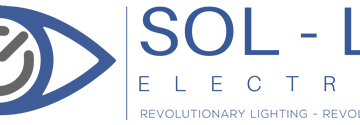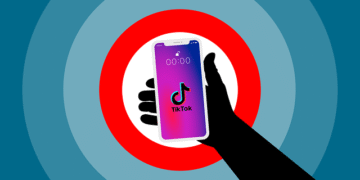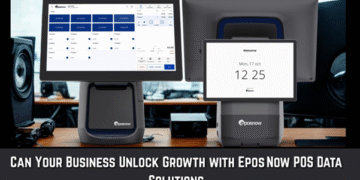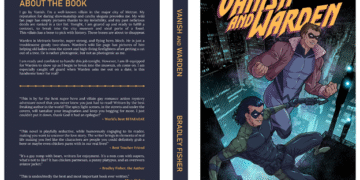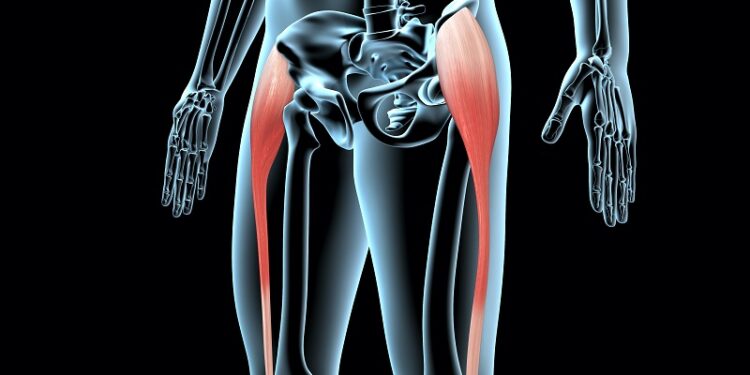When thinking about lower back or hip pain many people seem to forget about the three major hip flexor muscles. The Psoas, Iliacus, and Tensor Fasciae Latae can be incredibly important muscles both in everyday activities and in helping you get some much-needed lower back and hip pain relief. But what is it that makes these three muscles so important?
1. Psoas
The Psoas muscle is a deep hip flexor muscle that functions very similarly to the Iliacus muscle. These are so similar that oftentimes the two will be referred to together as the Iliopsoas. The time that the Psoas is most active is when the hip is at a 90-degree angle. This is the exact position of the hip when sitting on a chair. As a result, excessive tightness and tension can occur after long hours of sitting on a chair. The most effective way of dealing with this tightness is with a massage.
2. Iliacus
The Iliacus muscle, much like the Psoas, is a hip flexor muscle that can get incredibly tense when someone is in a sitting position. The muscle in general is used for the external rotation of the leg and when you are sitting for hours in a chair this muscle can essentially shorten. This leads to the development of knots and pain trigger points that lead to pain in the lower back and even a general feeling of numbness.
3. Tensor Fasciae Latae (TFL)
Tensor Fasciae Latae, or TFL, is the hip flexor that is most likely to develop tightness from a sitting position. This muscle’s main function is to bring the knee and leg forward, for example when kicking you would most likely use this muscle. It is also an important muscle in hip stabilization especially when walking, running, or exercising.
TFL pain can normally be felt in the upper outer thigh area and by extension in the general hip and back area. Because of the general effect of this muscle on the entire area, knowing how to release any pain is important.
A self-massage tool like the QL claw will allow you to massage the area as necessary through a series of simple exercises. A deep tissue massage can release the tension in the Iliacus, Psoas, and TFL. With the QL claw, you will be able to access all of those areas and with the correct exercises, you can feel some much-needed pain relief. To learn more simply visit https://backmusclesolutions.com/products/ql-claw.
